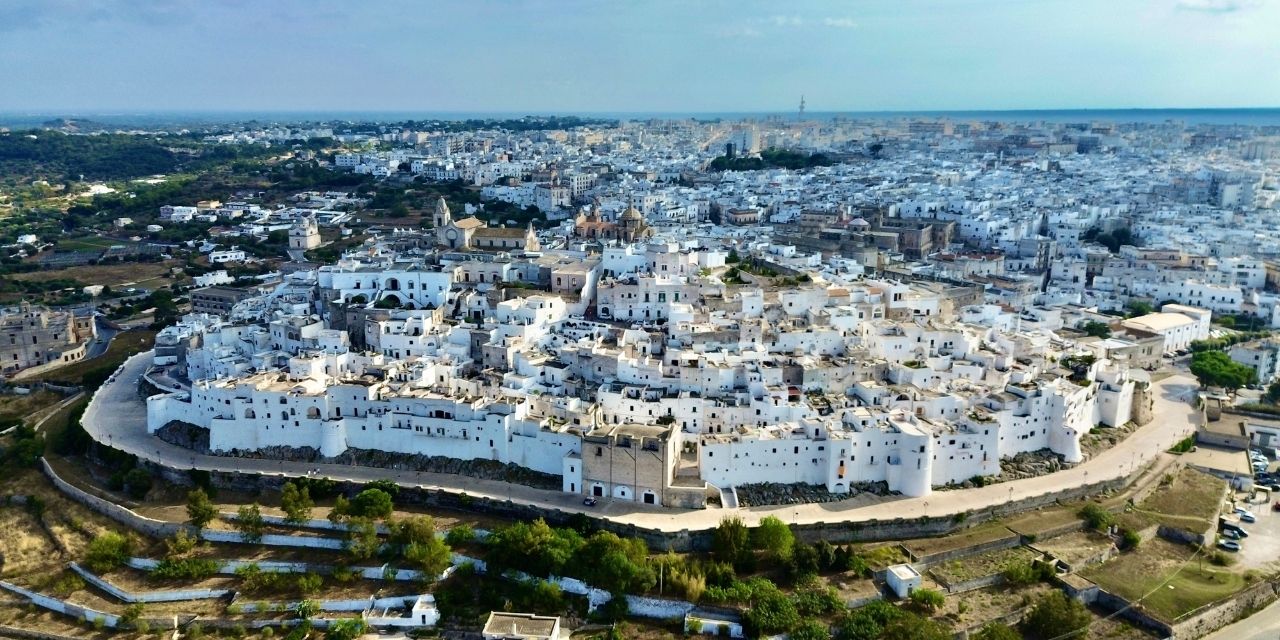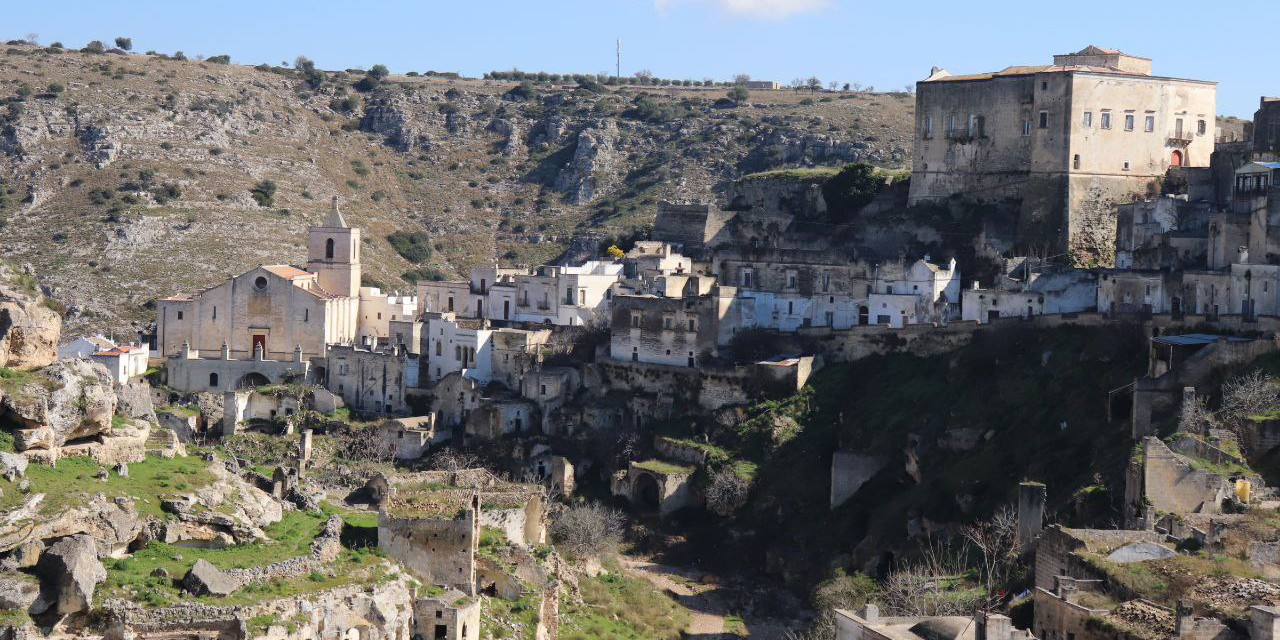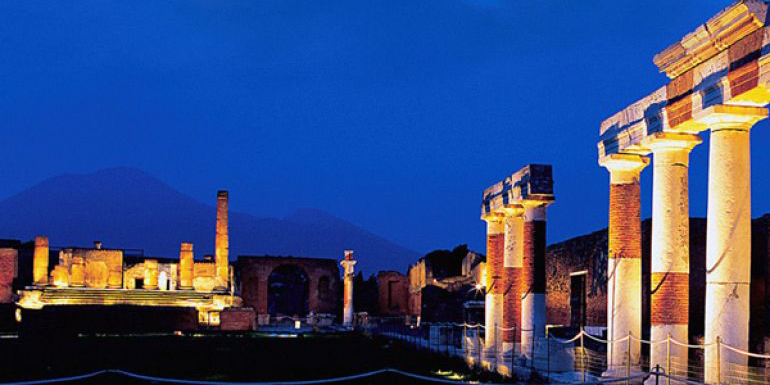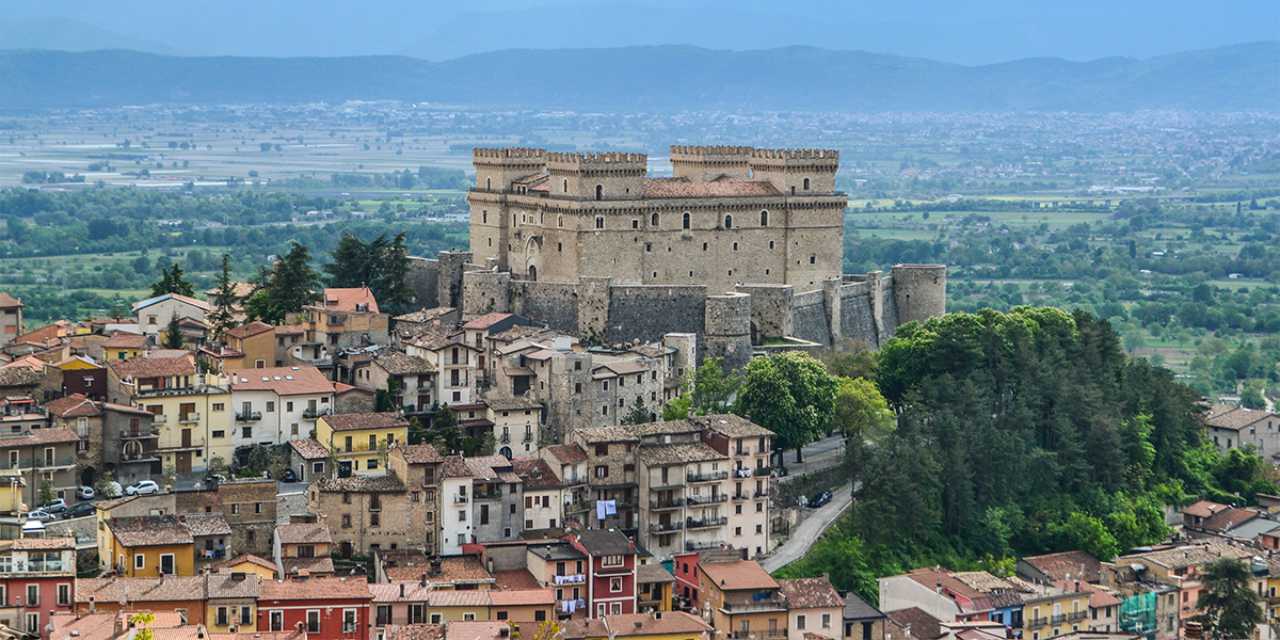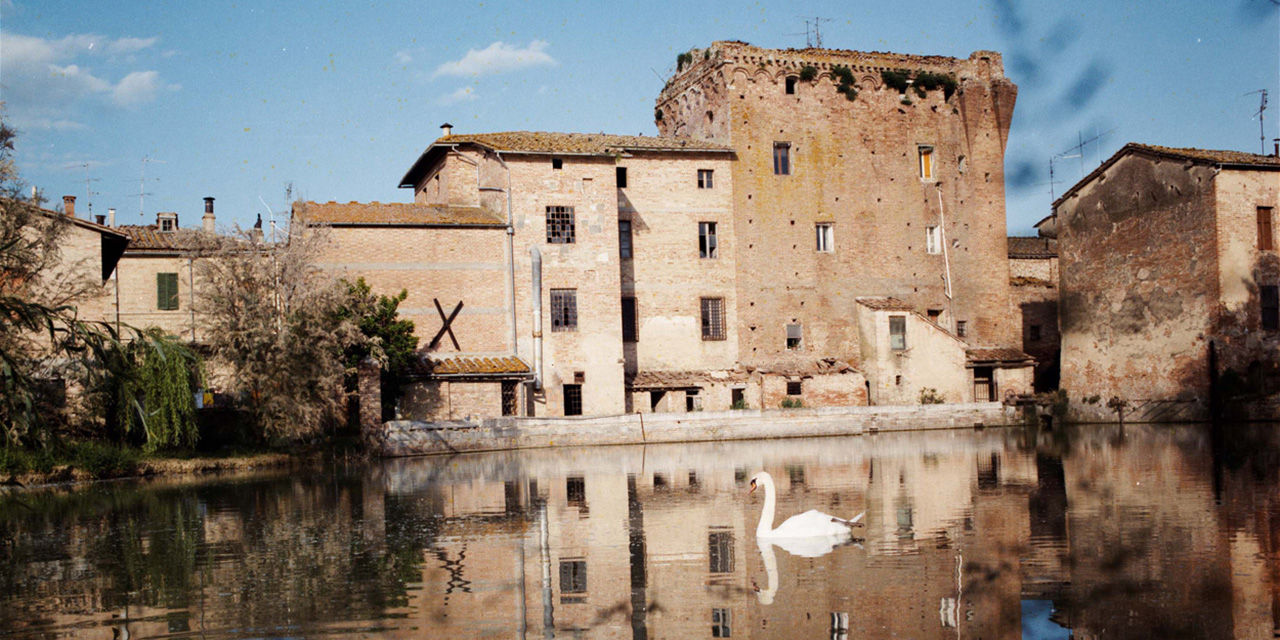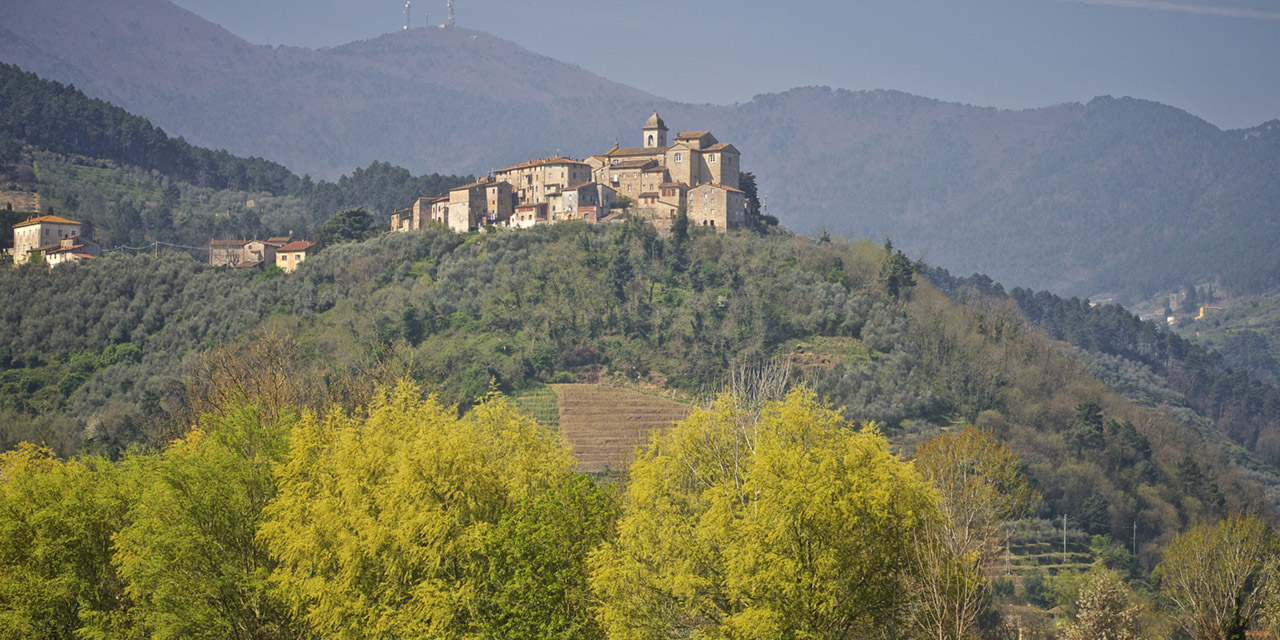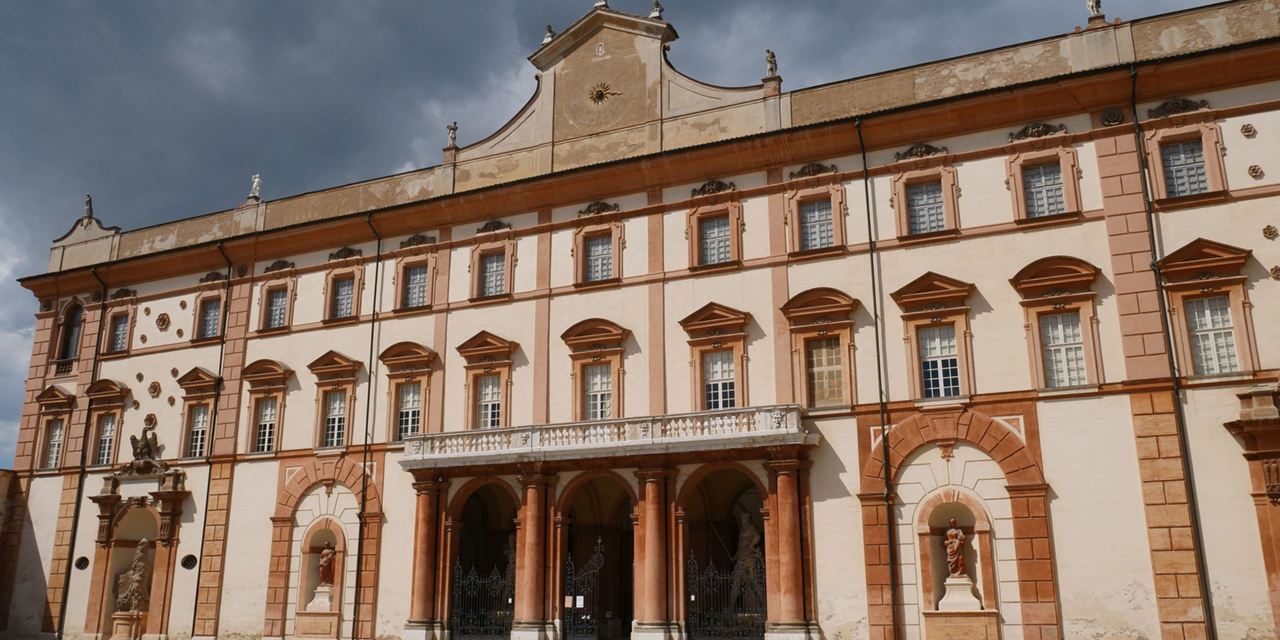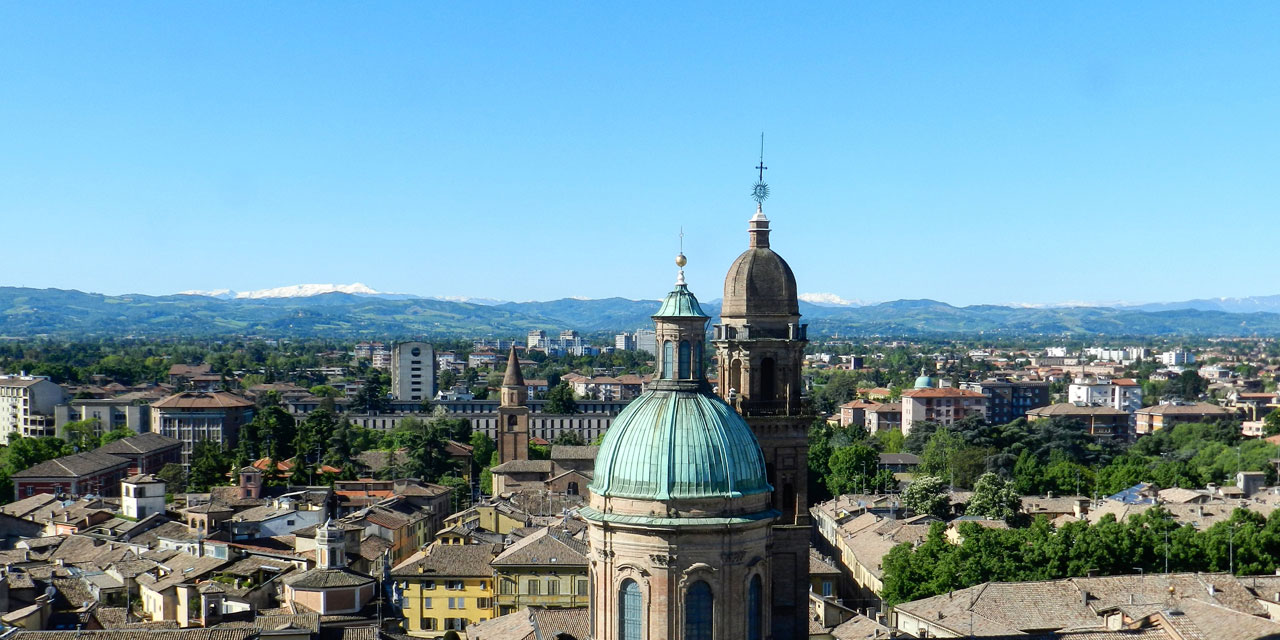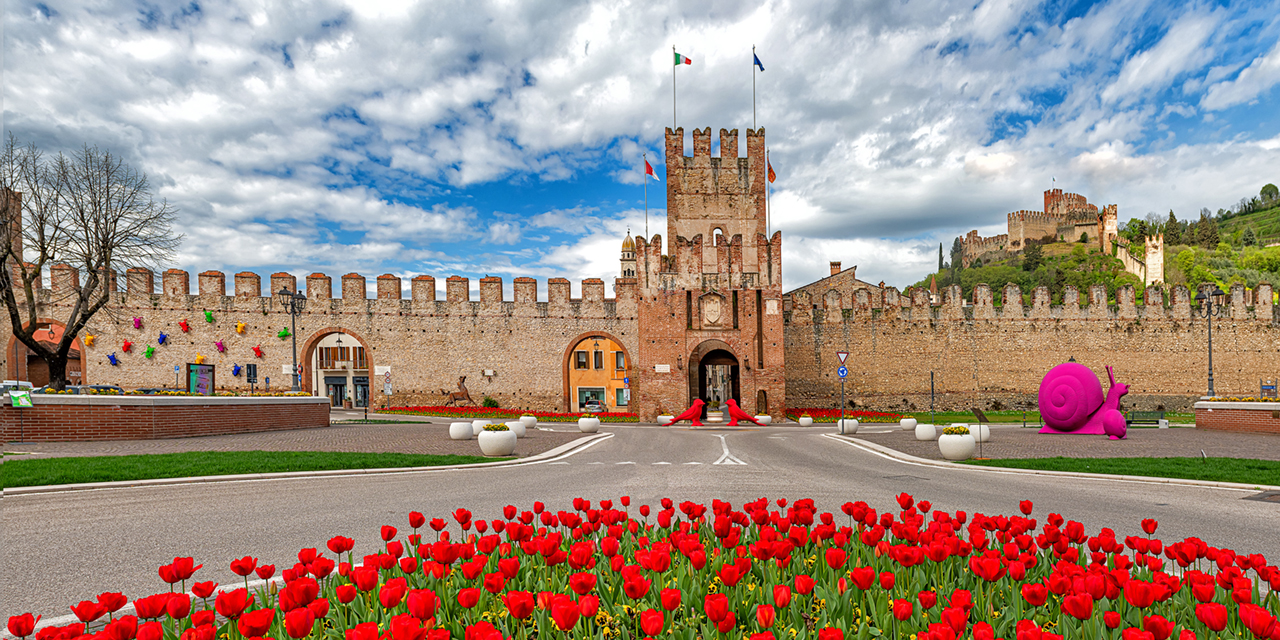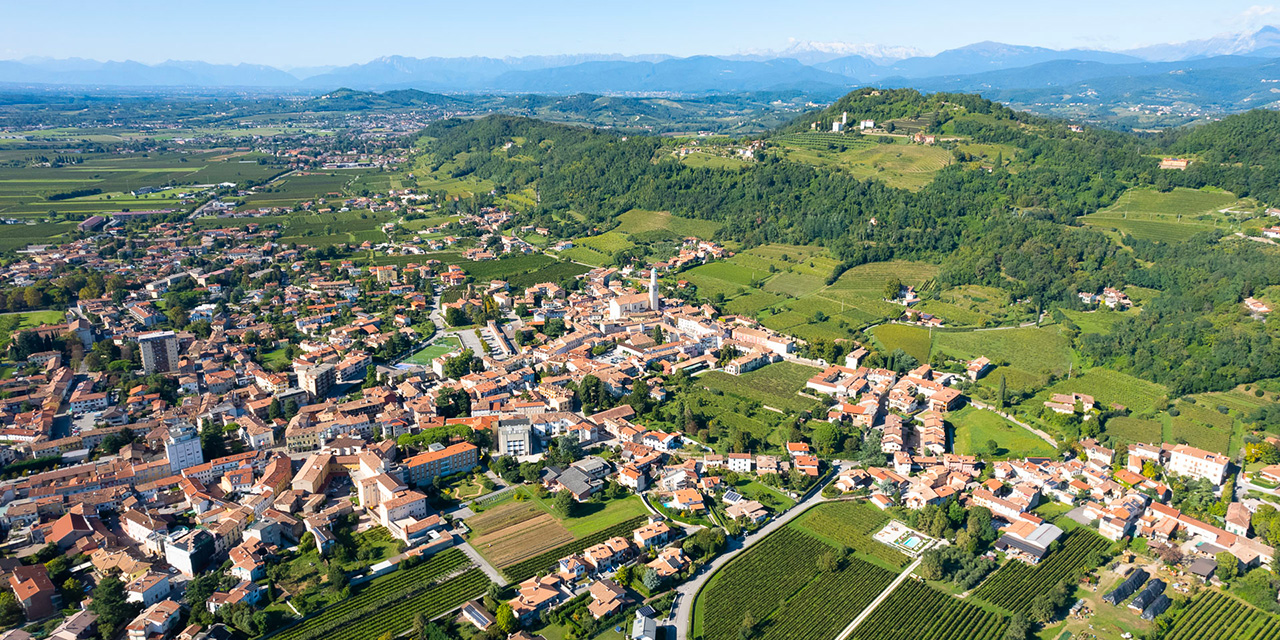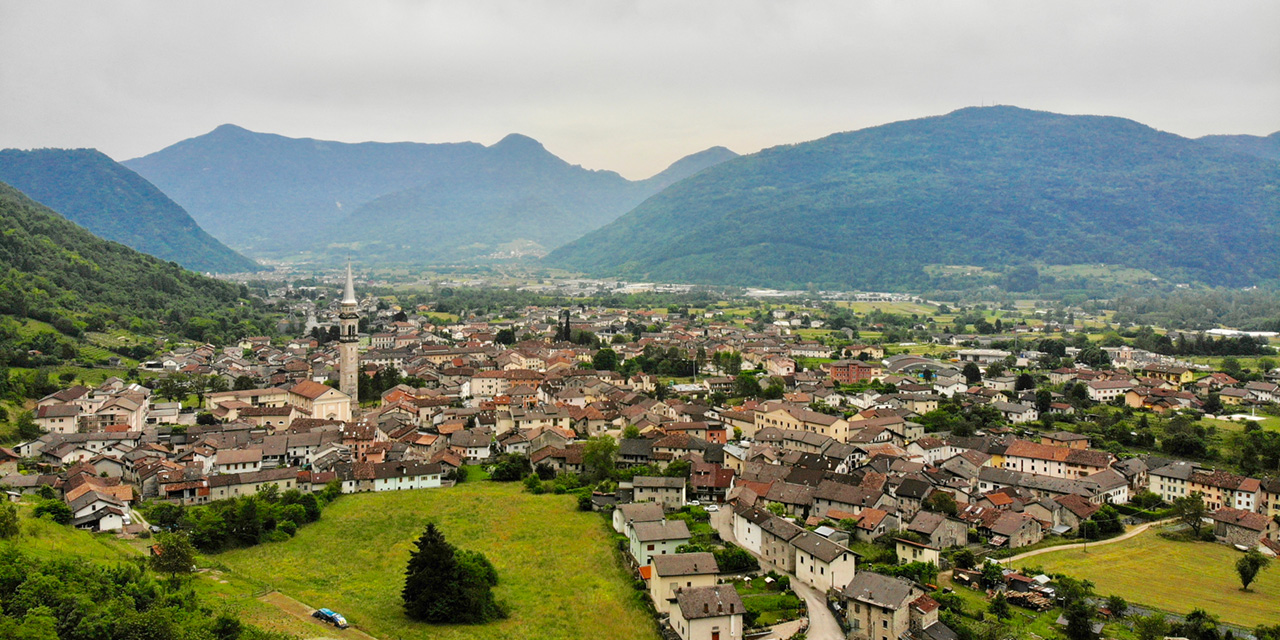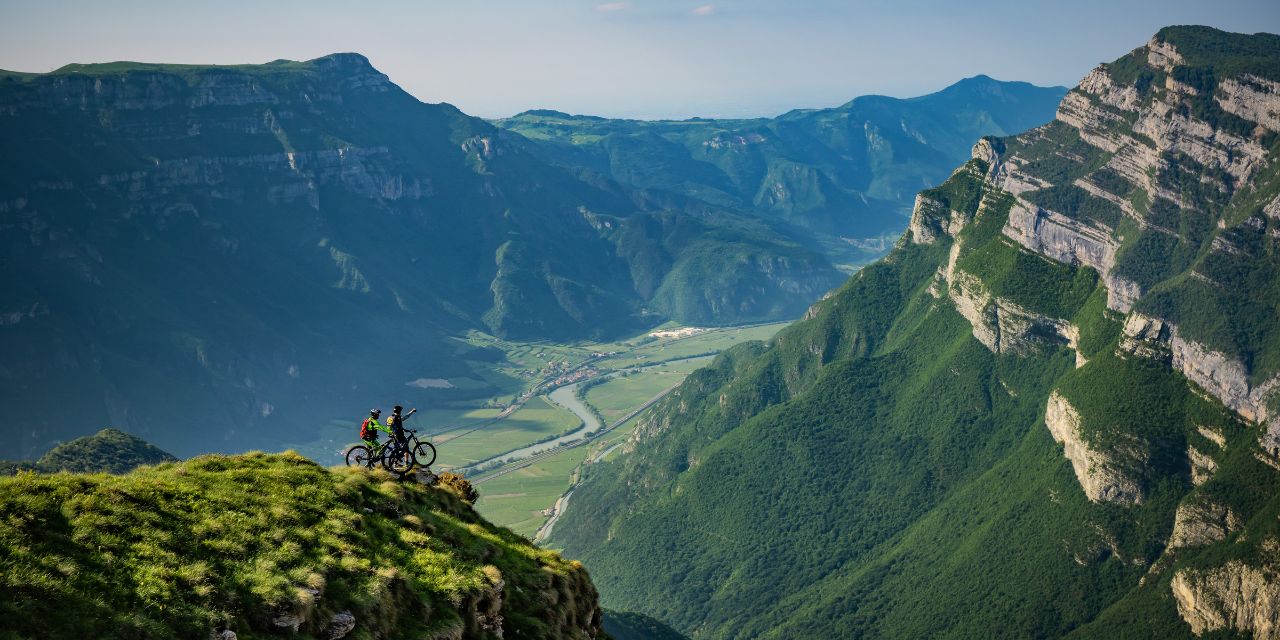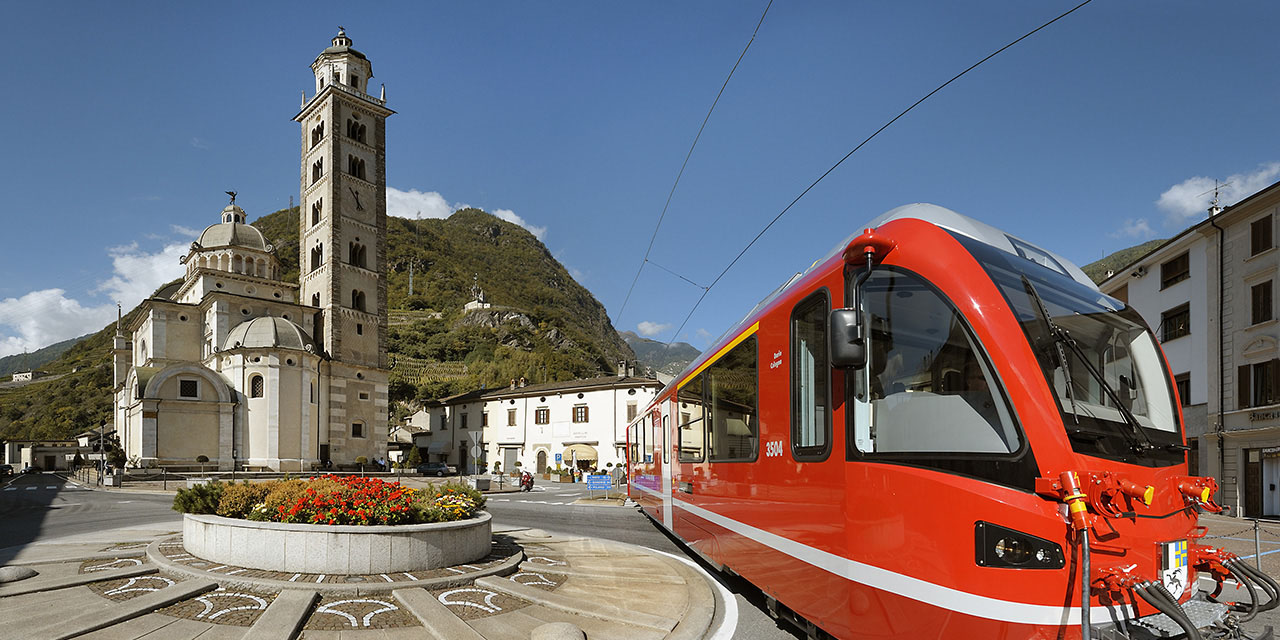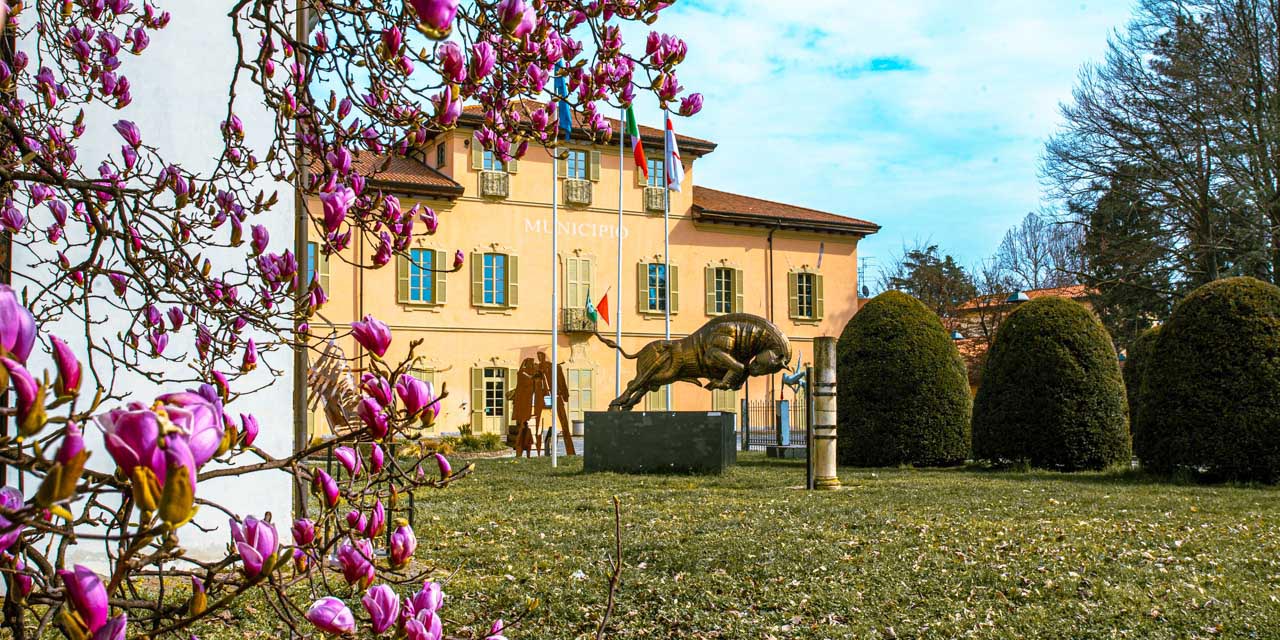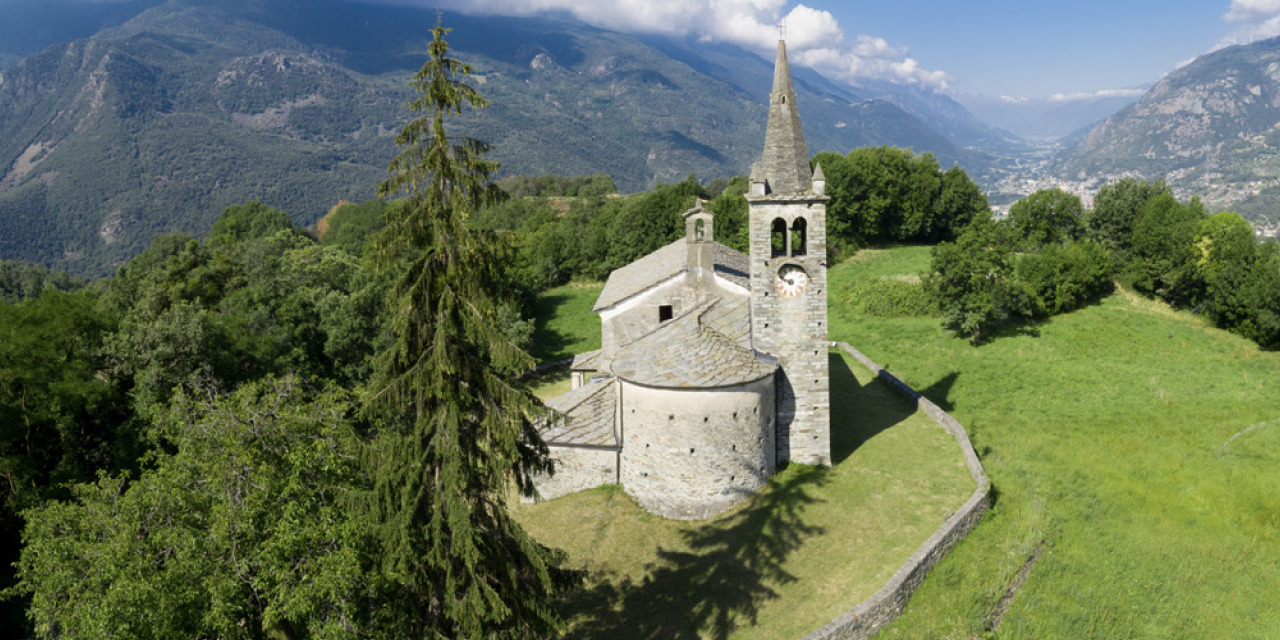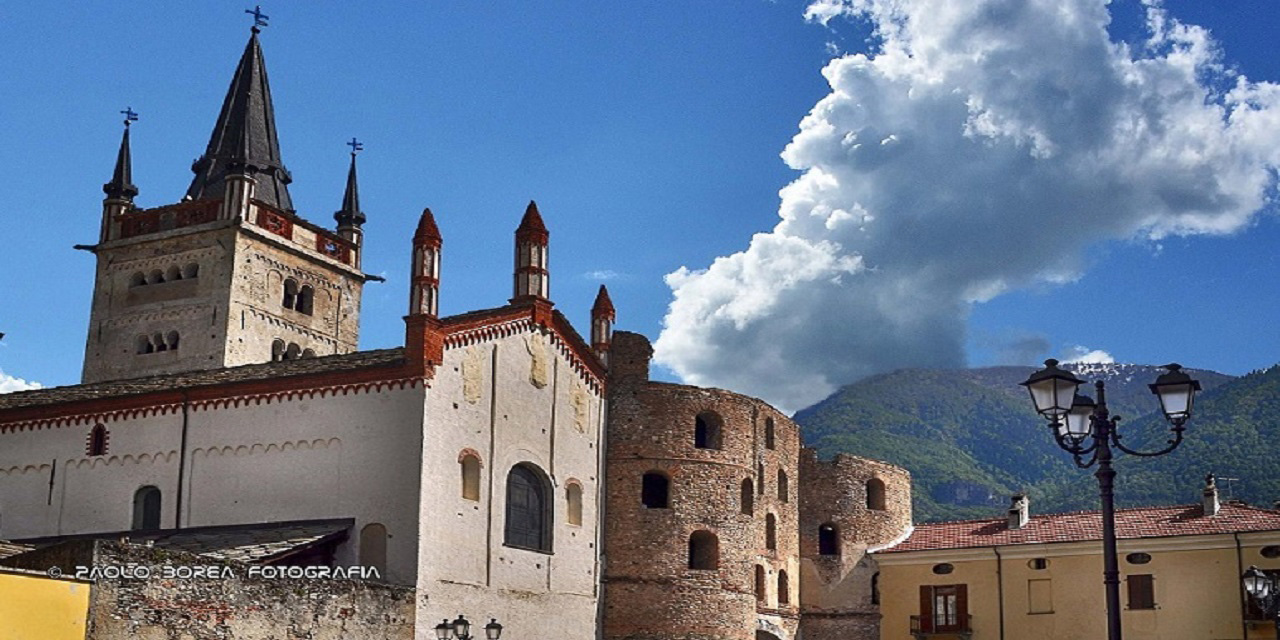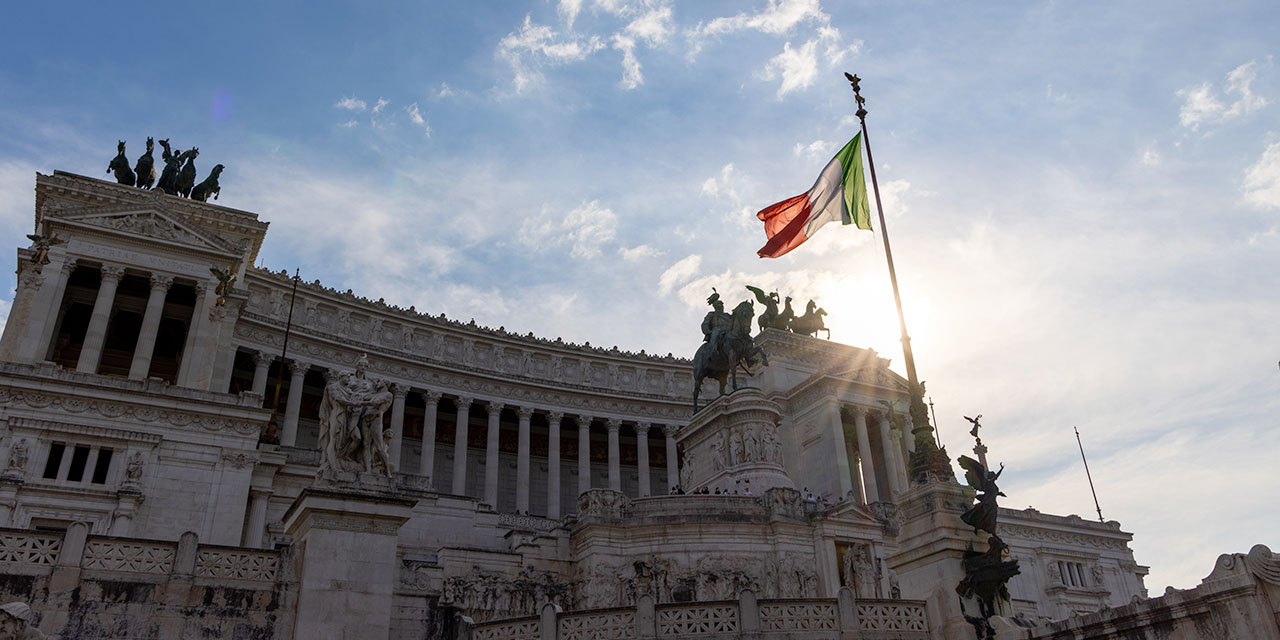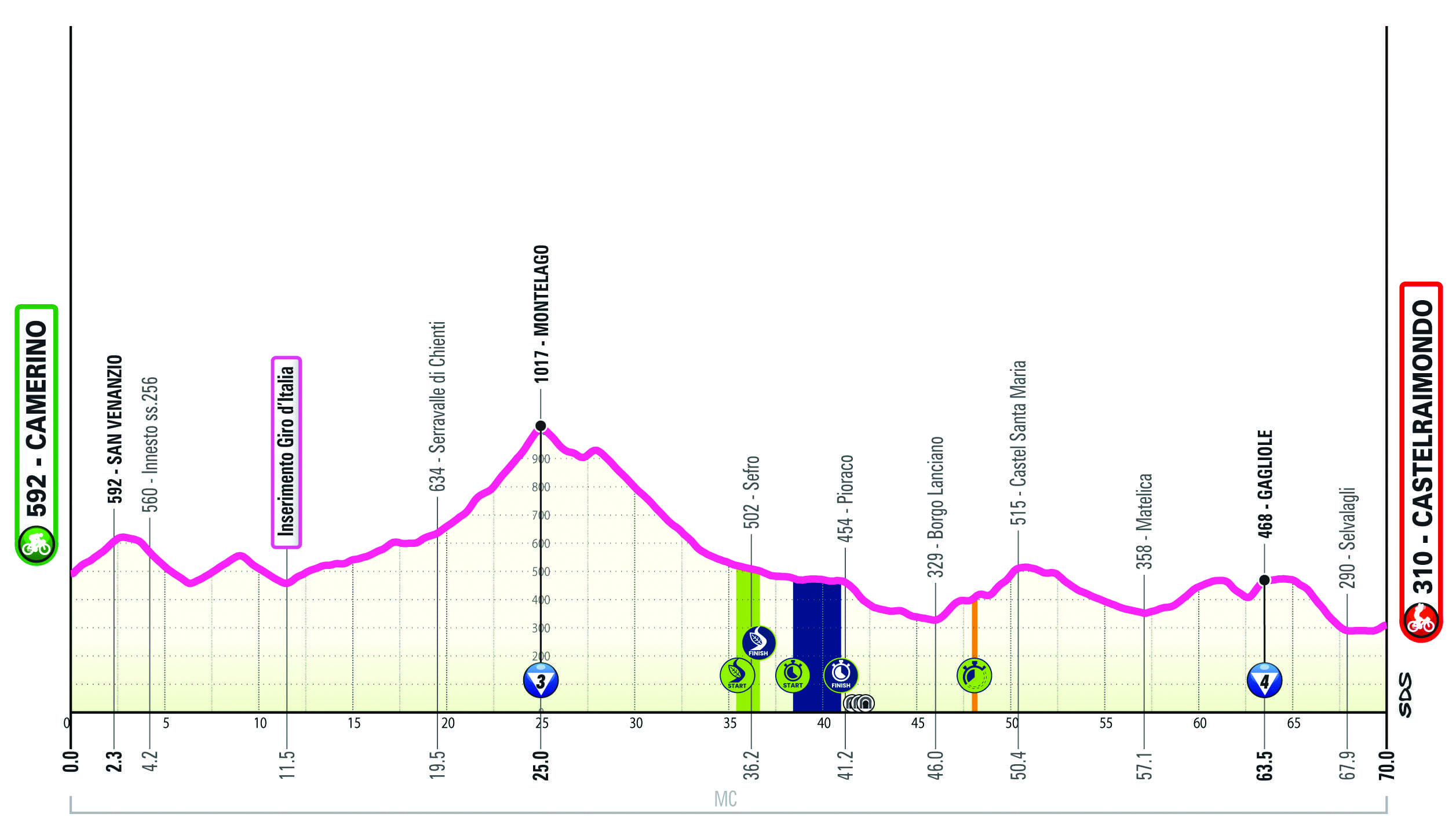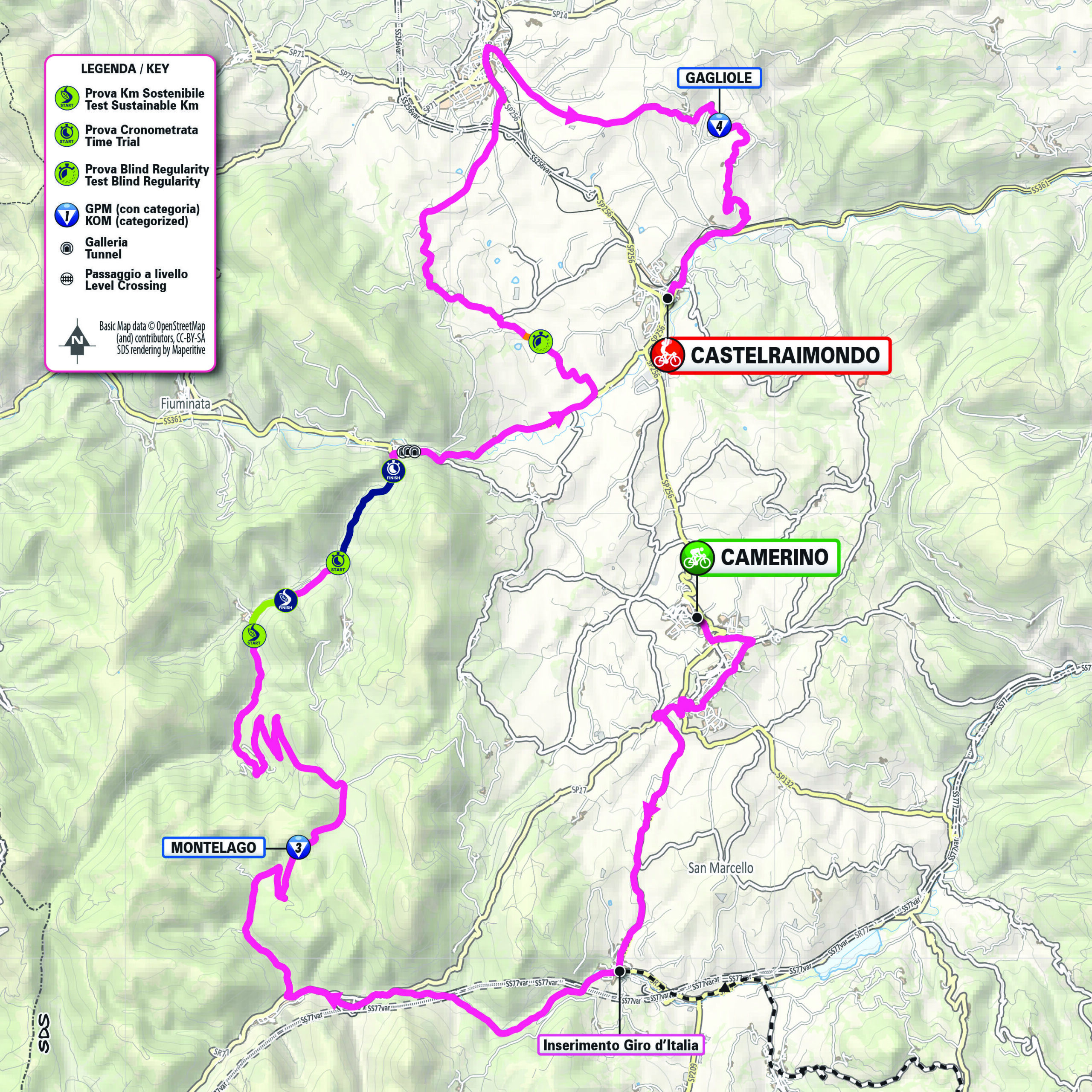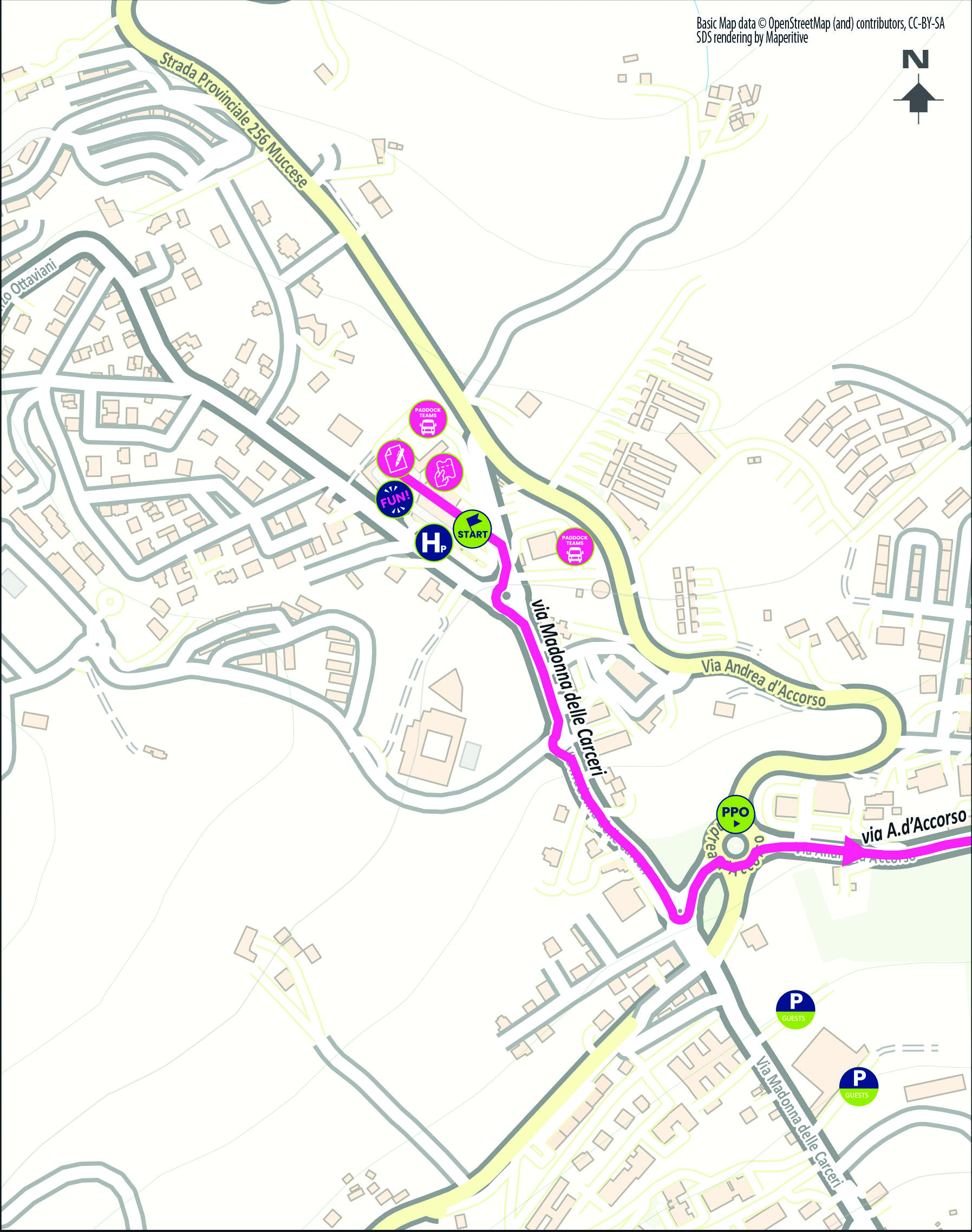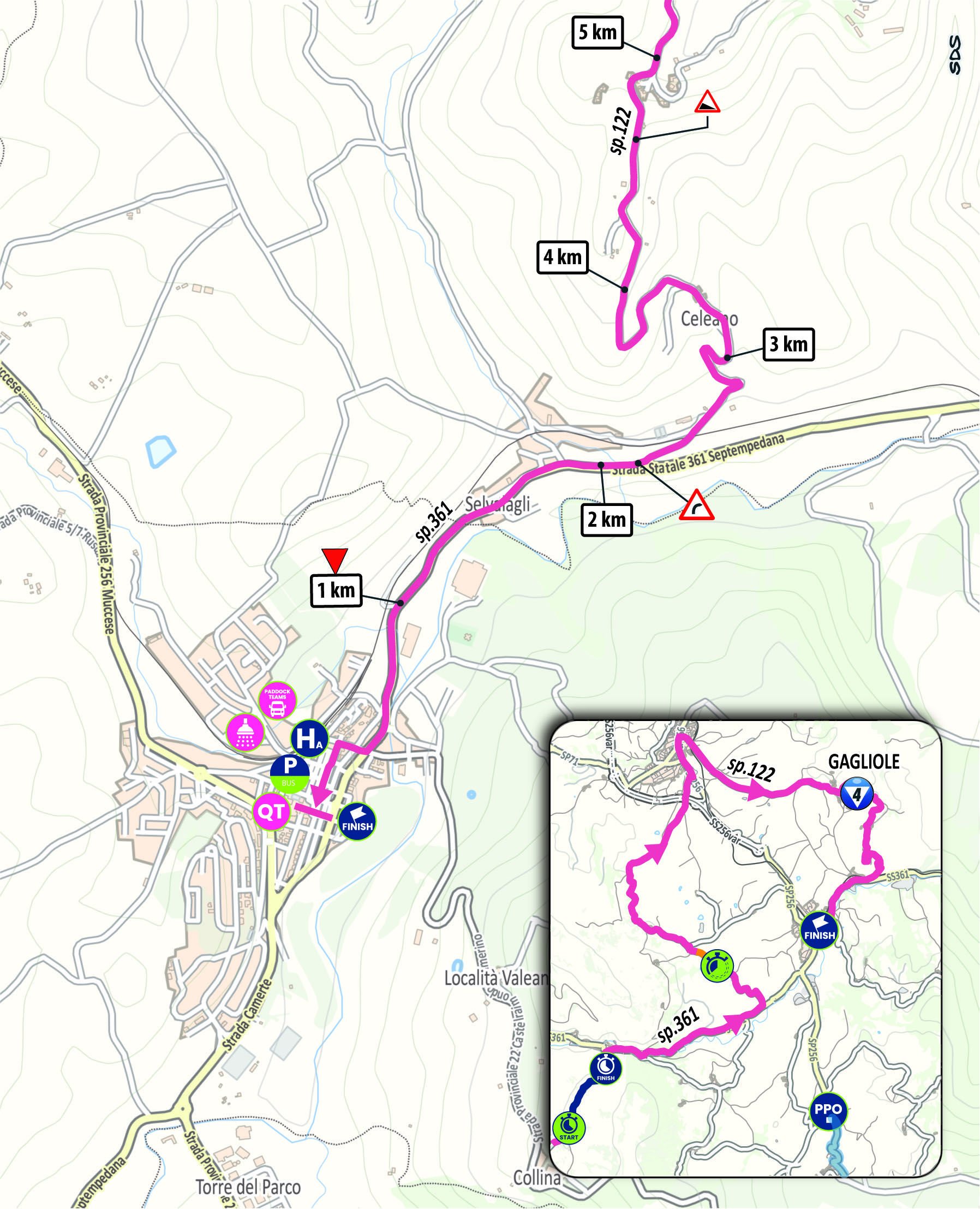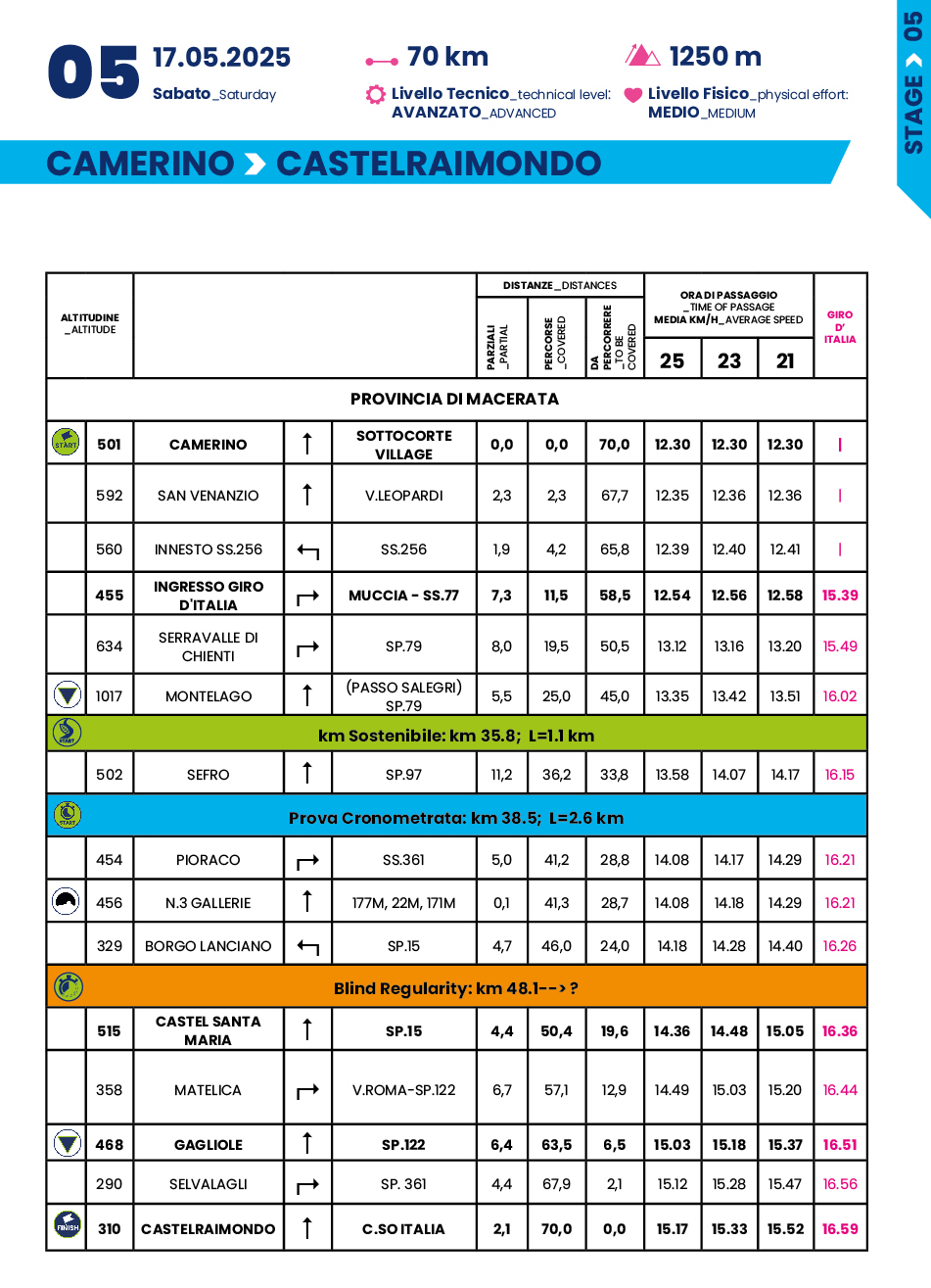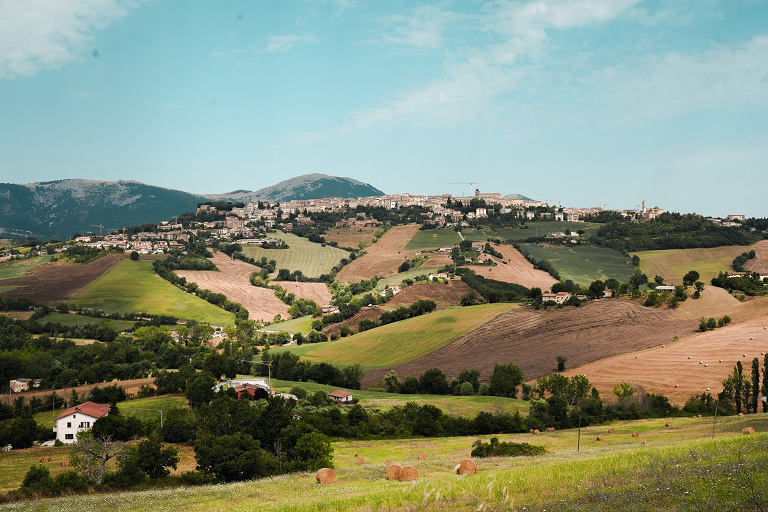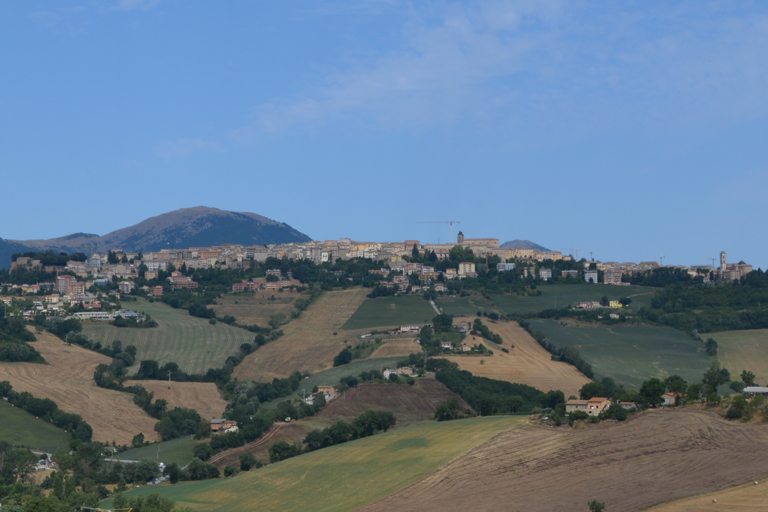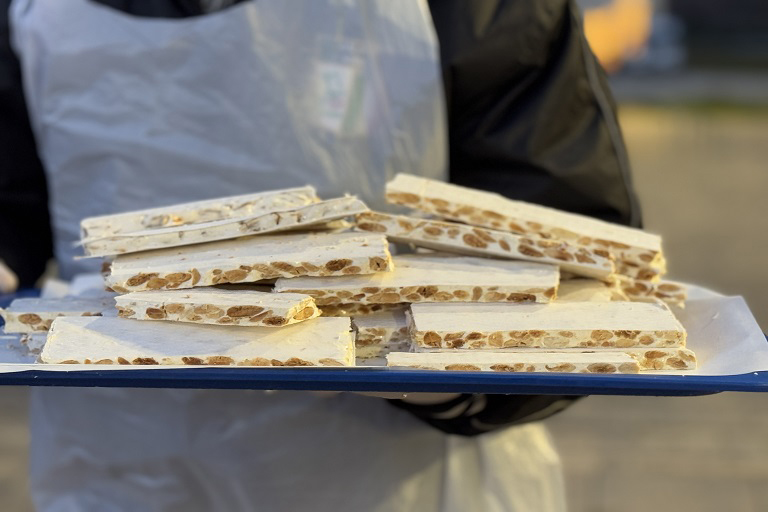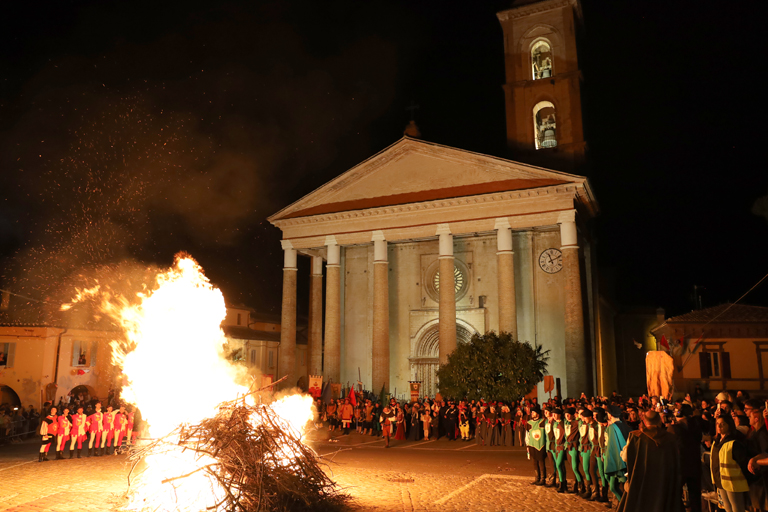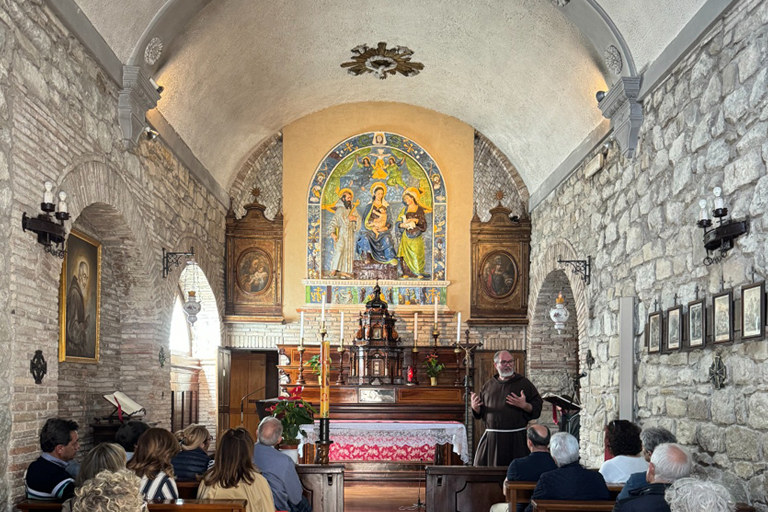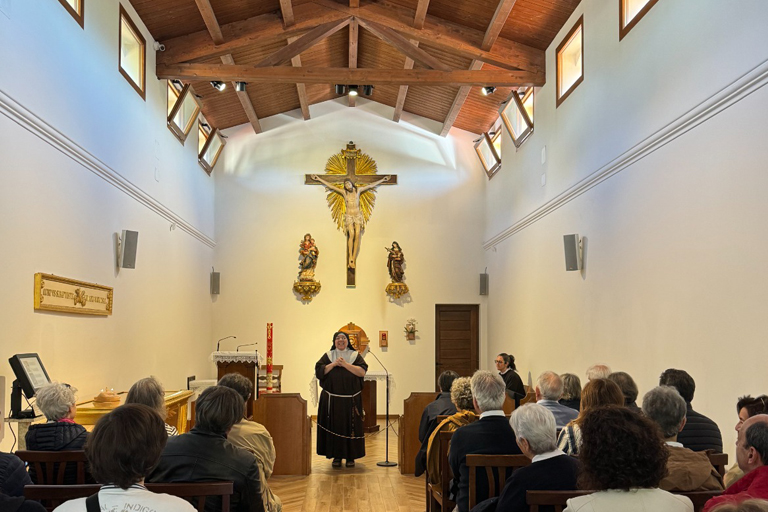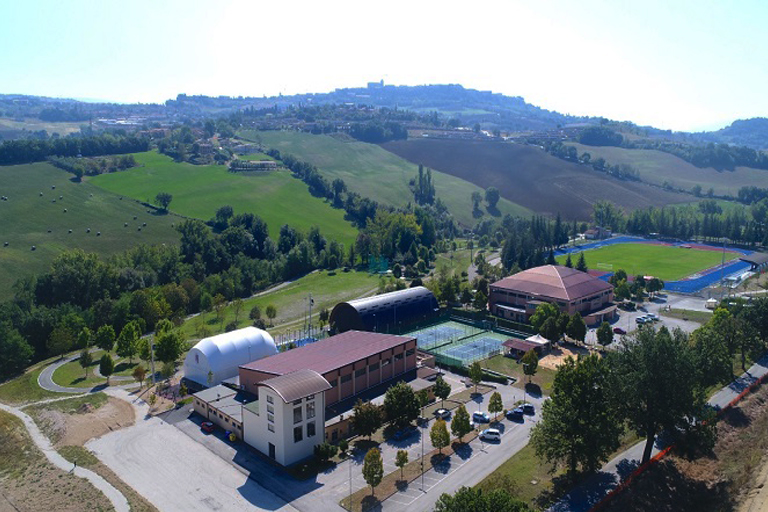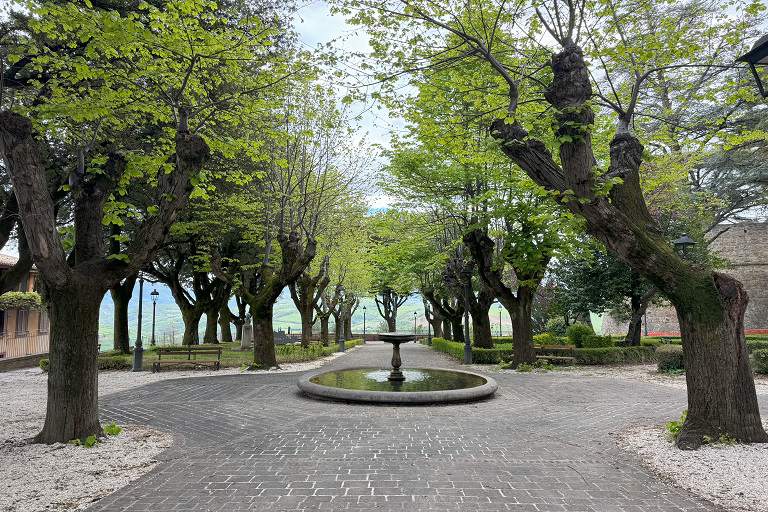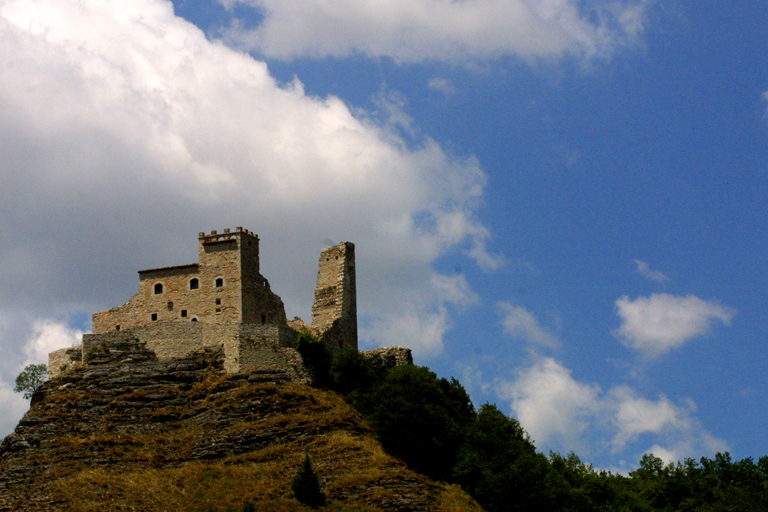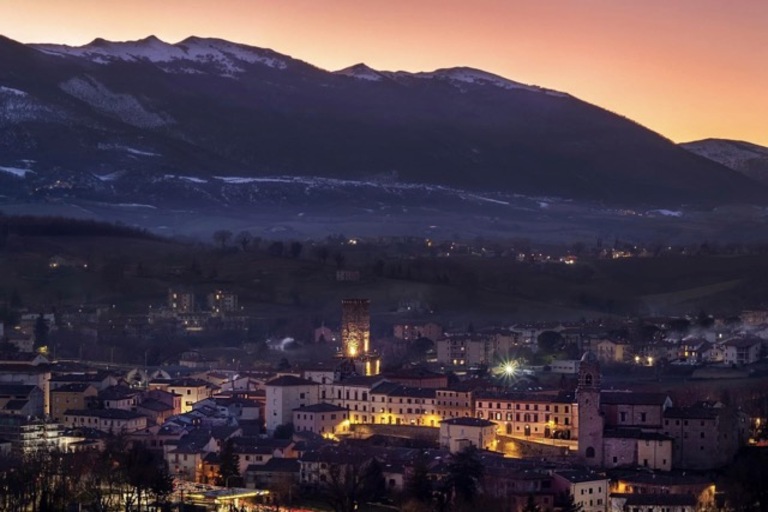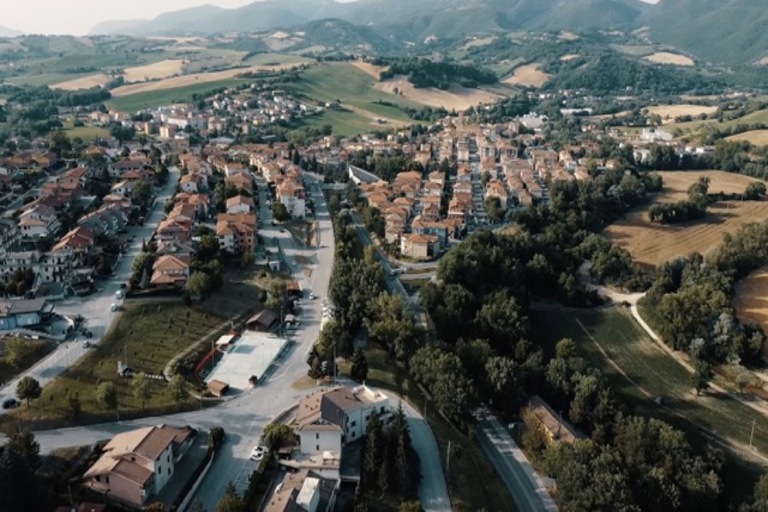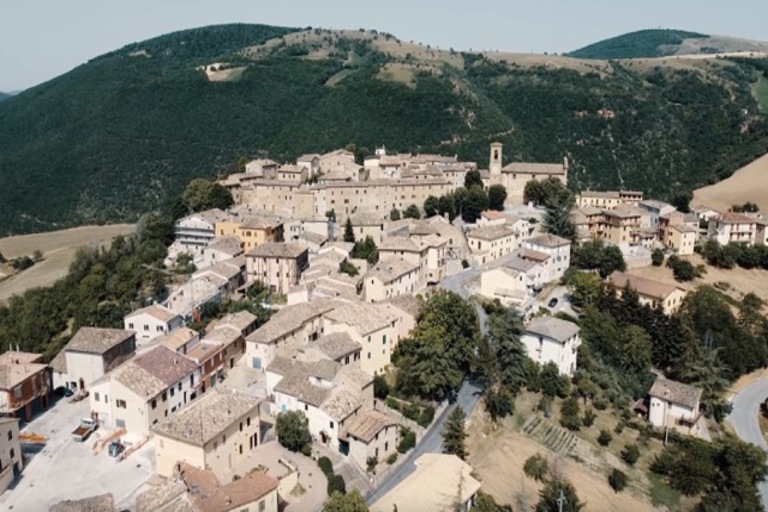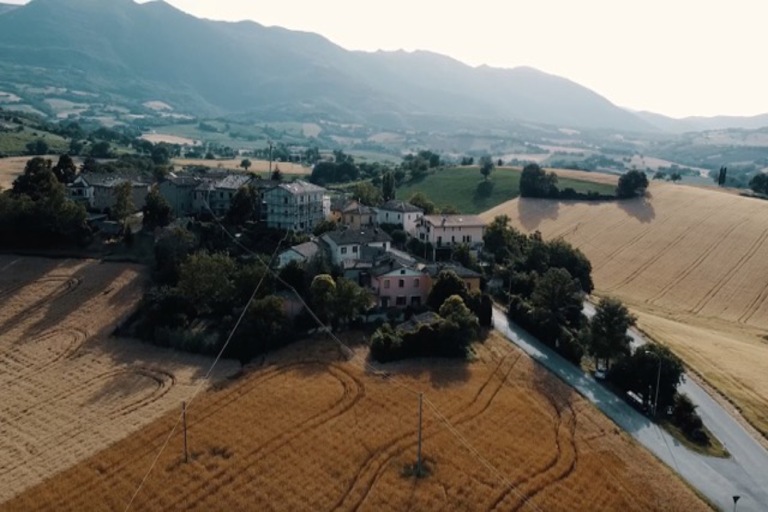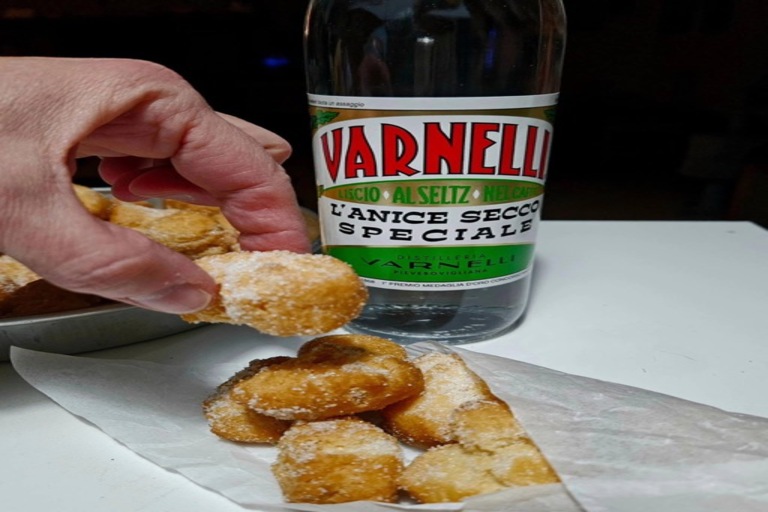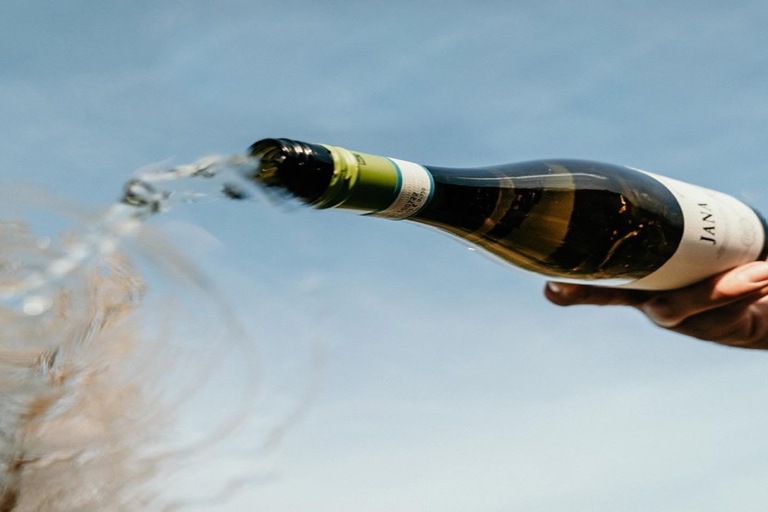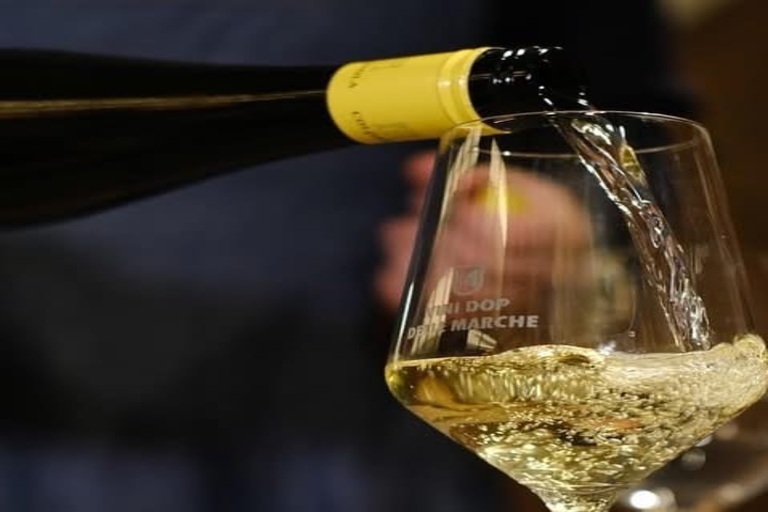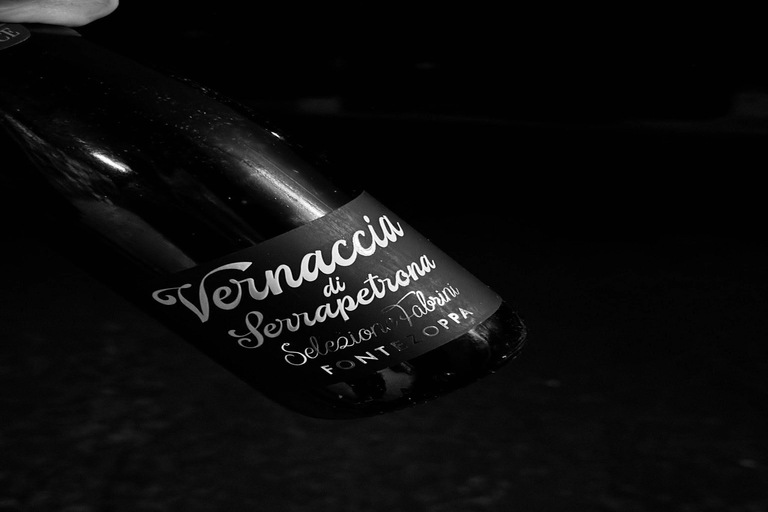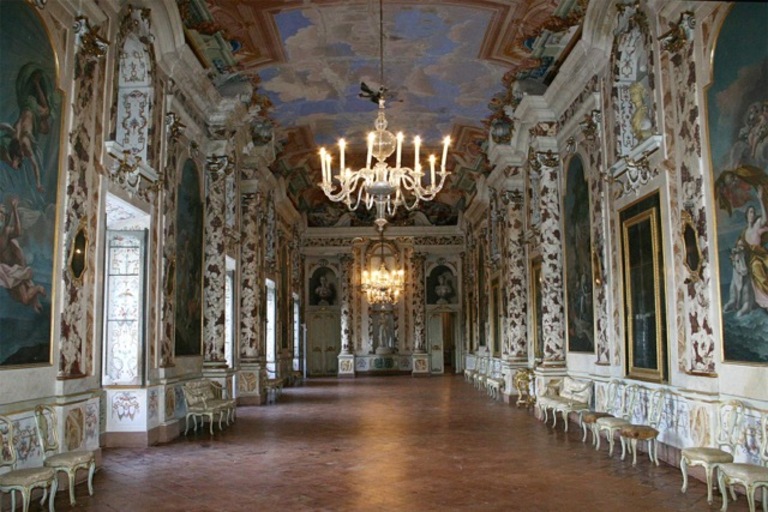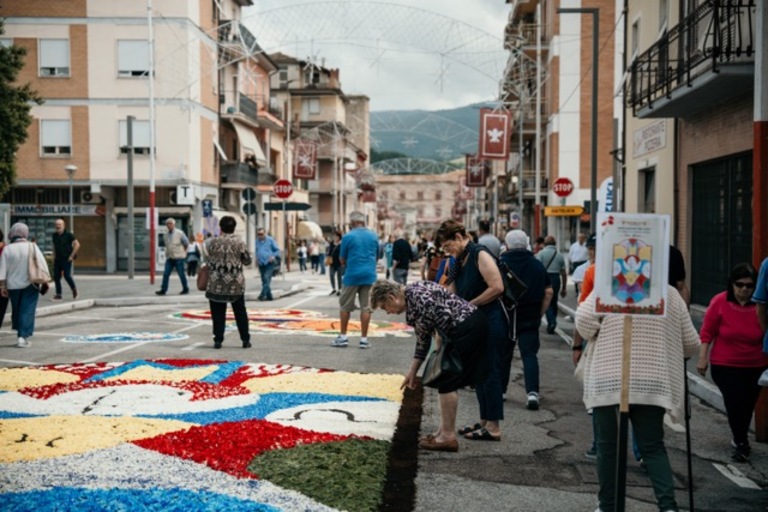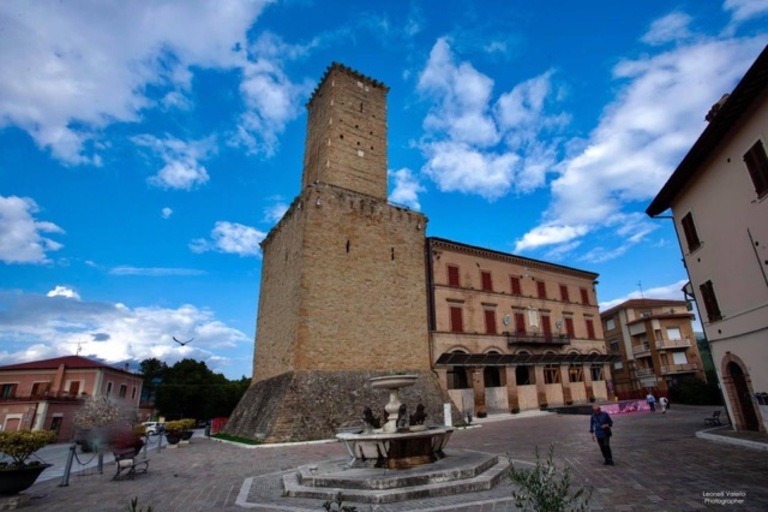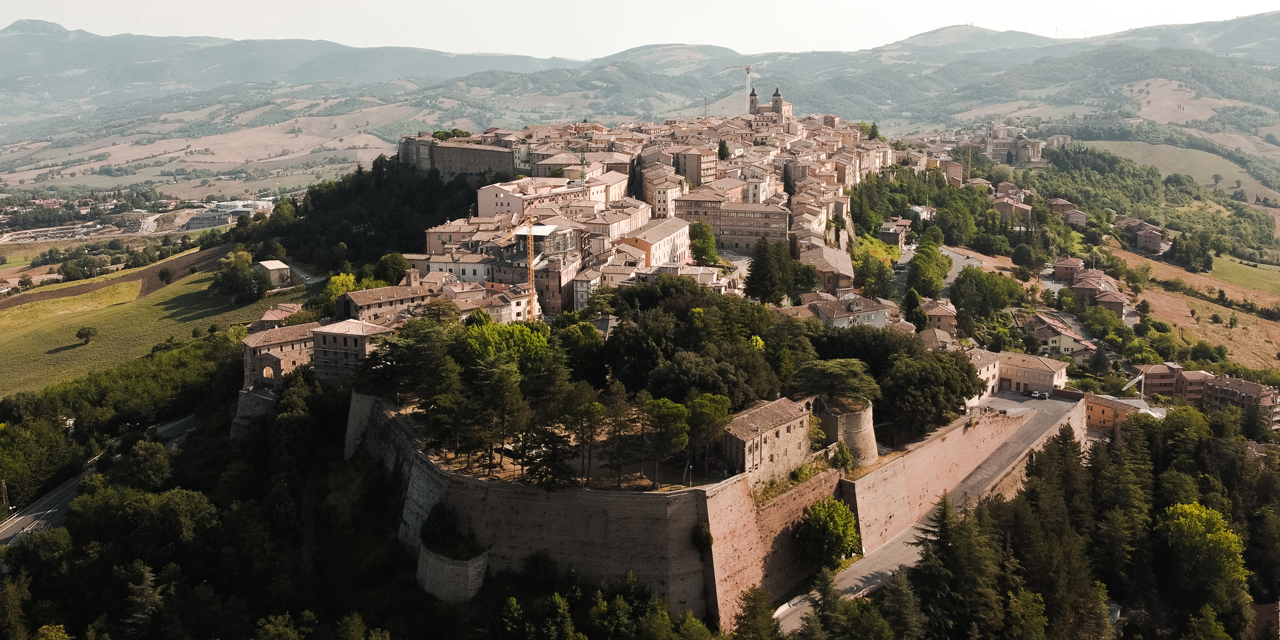
Stage
5
Saturday 17
May 2025
70 km
Altitude gain 1250 mt
Technical Level: Intermediate
Physical Effort: Medium

Camerino -
Castelraimondo
Camerino - Castelraimondo
tourist info
Host city:
Camerino
Overview
Camerino is located in the Marche region, at the heart of an unspoiled mountainous area. Its architectural beautiy, the ancient University founded in 1336, the worship of Saint Camilla Battista Varano and the longstanding presence of the Capuchin Friar Monastery since 1528, along with its rich cultural traditions (the town is the birthplace of the most significant Painting School of the Marche region), the cutting-edge sports facilities in an pristine environment and the licious local cuisine make Camerino (awarded the Italian Touring Clubs Orange Flag since 2009) a uniquely attractive destination.
Gastronomic events, conferences featuring renowned experts, international sports, theatre, and music events bring life to the city every day, all year round. Visitors can chose from a wide range of accommodation facilities and outdoor enthusiasts can take advantage of a well-equipped Camper service (awarded the Yellow Flag by the A.C.T. Italia).
Camerino was severely damaged by the 2016 earthquake, but it has never lost its charme or its vocation for tourism.
Gastronomy
TAmong the local culinary specialties, we can find the “Vincisgrassi”, the “sweet Easter pizza, the “Ciauscolo” and the DE.C.O. “Torrone” (Denominazione Comunale d’Origine- Municipal Designation of Origin).
Torrone Francucci. Casa Francucci was founded in 1890 by Romolo Francucci. In 1983, Paolo Attili took over the company and, while deliberately maintaining its artisanal scale, modernized the production process with new technologies, expanded the product range to meet changing consumer tastes, but preserved Francucci’s original nougat recipe as the company’s flagship product: dried fruit, honey, sugar, egg white, water, natural flavors, and white edible wafer coating. in 2007, Francucci nougat entered the Guinness World Records as the longest nougat in the world. Every year, on January 6th, Camerino hosts a festival dedicated exclusively to nougat, attracting sweet lovers from all over Italy to celebrate one of the country’s finest niche Made in Italy delicacies.
La Pasta di Camerino – Nestled in the rolling hills of the Marche hinterland, where the Adriatic breeze meets the pure air and fertile lands of the Sibillini Mountains, La Pasta di Camerino is born, rough and porous, just like homemade pasta, it is crafted with care and in full respect of the finest artisanal traditions. Originally established in Camerino as a small artisanal workshop, the company has grown year after year to become a national market leader, thanks to the initiative and passion of the Maccari family for the ancient art of pasta-making.nIn addition to its egg pasta—awarded as the best Italian pasta for its quality-price ratio and voted Flavor of the Year in 2016, 2017, and 2018—La Pasta di Camerino offers a fully transparent supply chain. Their range includes durum wheat semolina pasta, whole durum wheat semolina pasta, organic egg pasta, organic spelt pasta, and Hammurabi ancient monococcum wheat pasta. High-quality products are the result of simple yet fundamental principles: selecting the finest ingredients, using a slow and meticulous production process, and ensuring perfect storage conditions.
Wine and beverage
C&E Italian Distillery is a young and dynamic entrepreneurial venture born from the idea of two longtime friends, Riccardo and Edoardo, and their desire to honor the land where they grew up—the hills of Camerino. To best represent their deep connection to this region, they envisioned a product that is native, artisanal, and high-quality, yet at the same time unique and contemporary. They chose gin because it is a spirit that allows for great creativity and personalization.
Their artisanal distillates are made from three essential elements: people, high-quality raw materials, and a distillation system. Only the perfect balance and harmony of these components can ensure an excellent product. Visitors to this young distillery will find a place where the guiding principle remains that human craftsmanship is at the heart of everything. Their products are the result of a deep passion for offering connoisseurs something truly exquisite. Not large quantities, but exceptional quality and character—this is the mission that defines the work of the distillery.
Liquorificio Carsetti was founded in 1948 by Gino Carsetti, a pharmacist and chemist, in the heart of Camerino’s historic center. In 1970, Carsetti transferred the business to one of his most trusted collaborators, Bruno Corridori, who transformed the old liquor factory into a family-run company under the new name Fabbrica Liquori Carsetti.
In 1998, Giuseppe and Stelio Corridoni took a major step forward, establishing a true distillery in the Rio di Camerino artisan district. Among their diverse range of products is Alchermes, a traditional liqueur used in pastry-making—an essential ingredient in many classic confectionery creations.
Points of interest
Basilica of San Venanzio Martire. Erected in the 12th century on the site of an early Christian church, this basilica is dedicated to the patron saint of the city, the young martyr around whom the historical re-enactment of the Corsa alla Spada e Palio in May revolves.
Monastero di Santa Chiara. This monastery houses the body of the mystic Saint Camilla Battista Varano, who died on May 31, 1524, and was proclaimed a saint on October 17, 2010. Her face has been reconstructed following scientific studies.
Convento of Renacavata. Nestled in the green countryside, this convent is home to the Capuchin Friars Minor, an order founded in Camerino. The church was built in 1530 at the behest of Duchess Caterina Cybo.
Piazza Cavour is the heart of the city, this square features the statue of Pope Sixtus V (a work by Tiburzio Vergelli from 1587). Overlooking the square are the Ducal Palace, the Archbishop’s Palace, and the Cathedral of the Most Holy Annunciation. Nearby stands the Church of San Francesco, dating back to the first half of the 13th century.
The “Carmela Cortini” Botanical Garden. Established in 1828 by Vincenzo Ottaviani, the garden extends over approximately one hectare, 27 meters below the city’s main level. The sloping area near the Ducal Palace is characterized by large trees, while the flat section hosts numerous herbaceous and shrub species arranged in rectangular flower beds.
The State Archives-Camerino Section. This archive preserves documentary materials dating back to 1207 and includes the annexed Church of Santa Caterina.
Rocca Borgesca. Perched on the edge of a precipice, this fortress was commissioned by Cesare Borgia in 1503. Its cylindrical towers and the imposing keep are remarkable examples of early Renaissance military architecture. Within its walls still stands part of the Franciscan convent of San Pietro in Muralto, dating back to the 14th century.
Rocca Varano is a symbol of the entire region. This fortress, built in the 13th century, is one of the most important and imposing monuments in the area. It was a stronghold linked to the history of the Da Varano family, one of Italy’s longest-lasting noble dynasties between the Middle Ages and the Renaissance. The fortress was a strategic hub within a defensive network of castles, strongholds, and watchtowers.
ChIP (Chemistry Interdisciplinary Project). This new research center at the University of Camerino takes its name from its resemblance to a computer chip. It was built using innovative construction techniques to ensure seismic safety.
“Franco Corelli” Music Academy. Donated to the city by the Andrea Bocelli Foundation, this academy spans two levels. Its series of external openings visually reference the distinct keys of wind instruments in a stylized manner.
Sottocorte Village is an area that hosts shops from the city center that were damaged by the earthquake. This commercial center blends architectural innovation with the tradition of small local businesses and also serves as a venue for cultural initiatives and events.
The ValliCenter. This shopping complex provides space for various commercial activities that relocated here after the seismic events of 2016.
Castelraimondo
Overview
Set in the rolling hills of Le Marche, Castelraimondo is a quaint medieval town with a rich past. The town’s namesake castle and cobbled streets maintain an old-world charm. It serves as a gateway to the Monti Sibillini National Park, offering plenty of outdoor activities. Castelraimondo is also known for its regional delicacies, including ciauscolo (spreadable salami) and vincisgrassi (a tasty lasagna variation).
Gastronomy
The local cuisine boasts flavorful dishes that highlight high-quality ingredients and narrate the region’s rich culinary history. One of the signature dishes of the Marche region is Vincisgrassi, a local variation of lasagna made with layers of egg pasta, a rich meat ragù, and a generous amount of béchamel sauce. Unlike traditional lasagna, vincisgrassi ragù includes offal, giving it a bold and authentic flavor. This hearty and indulgent dish is often a highlight of festive meals.
Among the signature cured meats of the Macerata hinterland is Ciauscolo, a soft, spreadable salami made from finely ground pork, seasoned with garlic, pepper, and wine. Its delicate taste and creamy texture make it perfect for spreading on rustic bread. Another prized cured meat is Salame Lardellato, distinguished by small cubes of lard within the meat mixture, adding exceptional tenderness and an intense, lingering flavor.
A standout among local main courses is Coniglio in Porchetta, a dish that best represents Marche’s culinary artistry. The rabbit is flavored with wild fennel, spices, and local herbs, then slow-cooked until tender, resulting in a rustic yet flavorful meal, best paired with seasonal vegetables or legumes.
For dessert lovers, Crescia Fogliata is an authentic delight. This traditional pastry features an ultra-thin, flaky, and layered crust encasing a filling of apples, raisins, and nuts. Its delicate taste and spiced aroma make it a perfect treat to enjoy at the end of a meal, especially with a glass of local sweet wine.
Lastly, a staple in Castelraimondo’s cuisine is Lenticchie di Colfiorito, a small, flavorful lentil variety renowned for its nutritional benefits. These legumes are ideal for soups, side dishes, and traditional recipes, pairing excellently with meat dishes or serving as a main ingredient in vegetarian meals.
Wine and beverage
The winemaking and distilling traditions of Castelraimondo reflect the identity and richness of the Marche region, offering fine wines and uniquely characterful spirits. From mineral-rich whites to sparkling reds and aromatic liqueurs, each sip tells a story of ancient traditions and masterful craftsmanship.
One of the most representative wines of the area is Matelica Verdicchio DOC, a fresh and mineral-rich white wine made from Verdicchio grapes grown in the rolling hills of the Macerata hinterland. Unlike Verdicchio dei Castelli di Jesi, this wine is known for its greater structure and longevity, featuring citrus and floral notes that evolve over time. It pairs beautifully with seafood dishes, fresh cheeses, and local specialties.
A truly unique enological gem is Vernaccia di Serrapetrona DOCG, a rare and prestigious sparkling red wine produced using a triple fermentation process, the final one occurring in the bottle. This method creates a fine perlage and a rich flavor profile, with notes of red berries and spices. Vernaccia is perfect for pairing with traditional desserts or alongside cured meats and aged cheeses.
One of the most historic beverages in the Marche tradition is Vino Cotto, made by slowly cooking grape must until it becomes a dense, aromatic liquid, then aged in wooden barrels for years. With its sweet and complex taste, featuring hints of dried fruit and caramel, vino cotto is ideal as an after-dinner drink or paired with traditional sweets and biscuits.
Among the region’s renowned spirits is Varnelli, a premium anise-flavored liqueur with an intense and aromatic taste, crafted using artisanal methods and natural ingredients. Traditionally used to enhance coffee, Varnelli is also enjoyed neat or on the rocks, thanks to its persistent and refined aroma.
Finally, Amaro Sibilla, originating from the Monti Sibillini, is an herbal liqueur with a strong and balsamic flavor, made from a meticulous selection of roots and medicinal plants. Its recipe, passed down through generations, makes it a perfect digestif, best enjoyed after a hearty meal or as an ingredient in bold-flavored cocktails.
Points of interest
From its imposing medieval tower to its centuries-old traditions and charming hilltop villages, this region offers visitors a captivating journey through history and beauty. The undisputed symbol of the town is the Torre del Cassero, a 30-meter-high tower dominating the landscape. Built in the 14th century by the Da Varano family, rulers of Camerino, it was once part of a larger defensive complex, of which it remains the only intact structure. Its grandeur and breathtaking views over the town and surrounding hills make it a must-visit landmark in Castelraimondo.
One of the most anticipated annual events is the Infiorata del Corpus Domini, a festival that blends art, faith, and community spirit. Every June, the town’s streets transform into a vibrant carpet of flower petals, forming intricate compositions depicting sacred images and decorative patterns. The creation of these masterpieces requires days of meticulous work and the dedication of numerous artists and volunteers, who preserve this centuries-old tradition. The resulting spectacle of colors attracts visitors from across Italy, offering an immersive and unforgettable experience.
Castelraimondo is also home to a unique national institution: the Museo Nazionale del Costume Folcloristico. This museum houses a vast collection of traditional costumes from every Italian region, showcasing history through finely crafted fabrics, embroidery, and accessories. Each exhibit reflects centuries of artisanal craftsmanship and cultural identity, allowing visitors to explore the evolution of folklore and fashion across different eras.
Among the most charming villages in the area is Crispiero, a hidden gem nestled in the hills, known as the birthplace of Nazareno Strampelli, a renowned 20th-century agricultural geneticist. His childhood home, now open to visitors, serves as a site of historical and scientific significance, where one can learn about his pioneering research that revolutionized global agriculture. Beyond its historical and scientific importance, Crispiero offers picturesque scenery and an authentic atmosphere, perfect for those seeking tranquility in the Marche countryside.
For lovers of unspoiled landscapes and medieval charm, Castel Santa Maria is an unmissable destination. This historic hamlet retains its old-world allure, with stone houses, narrow streets, and breathtaking views over the surrounding valleys. The village serves as an ideal DEPARTURE point for hikes and nature walks, with numerous trails winding through forests and hills. A haven of serenity and authenticity, Castel Santa Maria is the perfect place to reconnect with history and nature.


